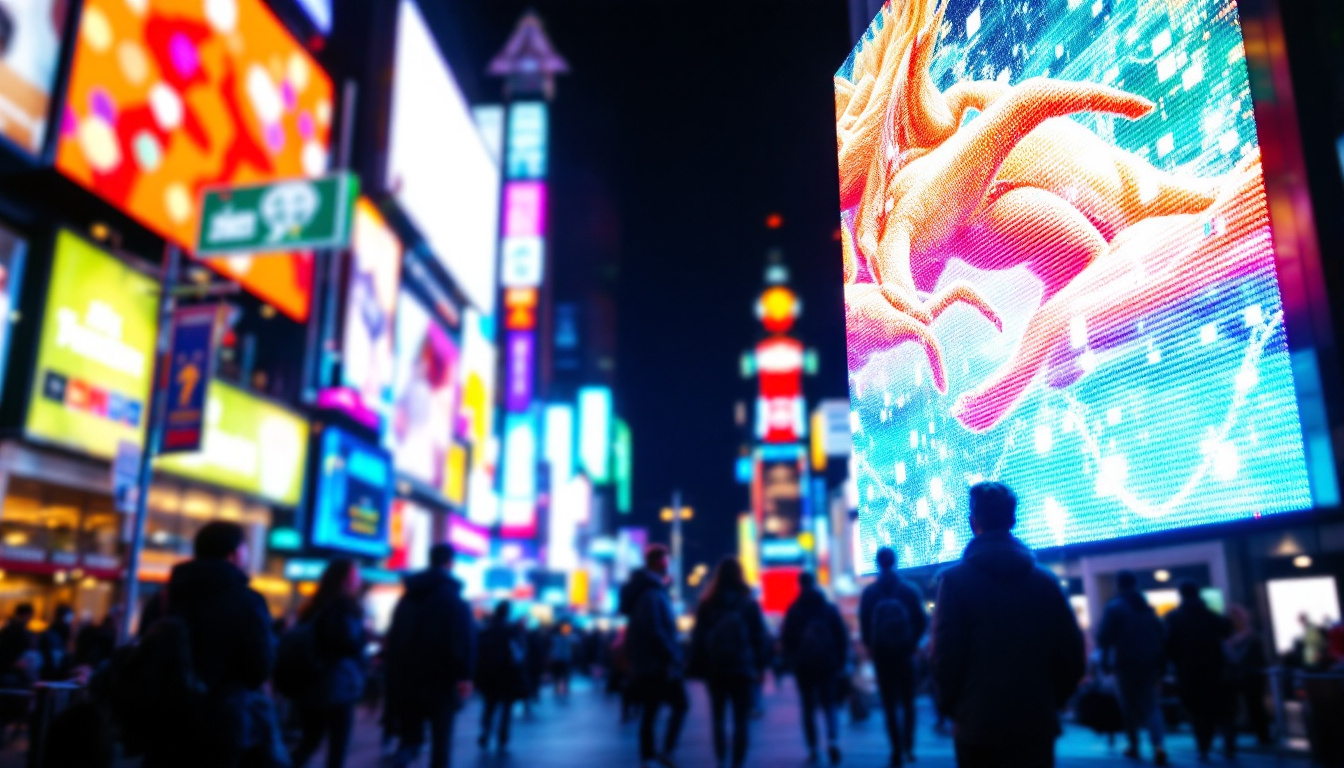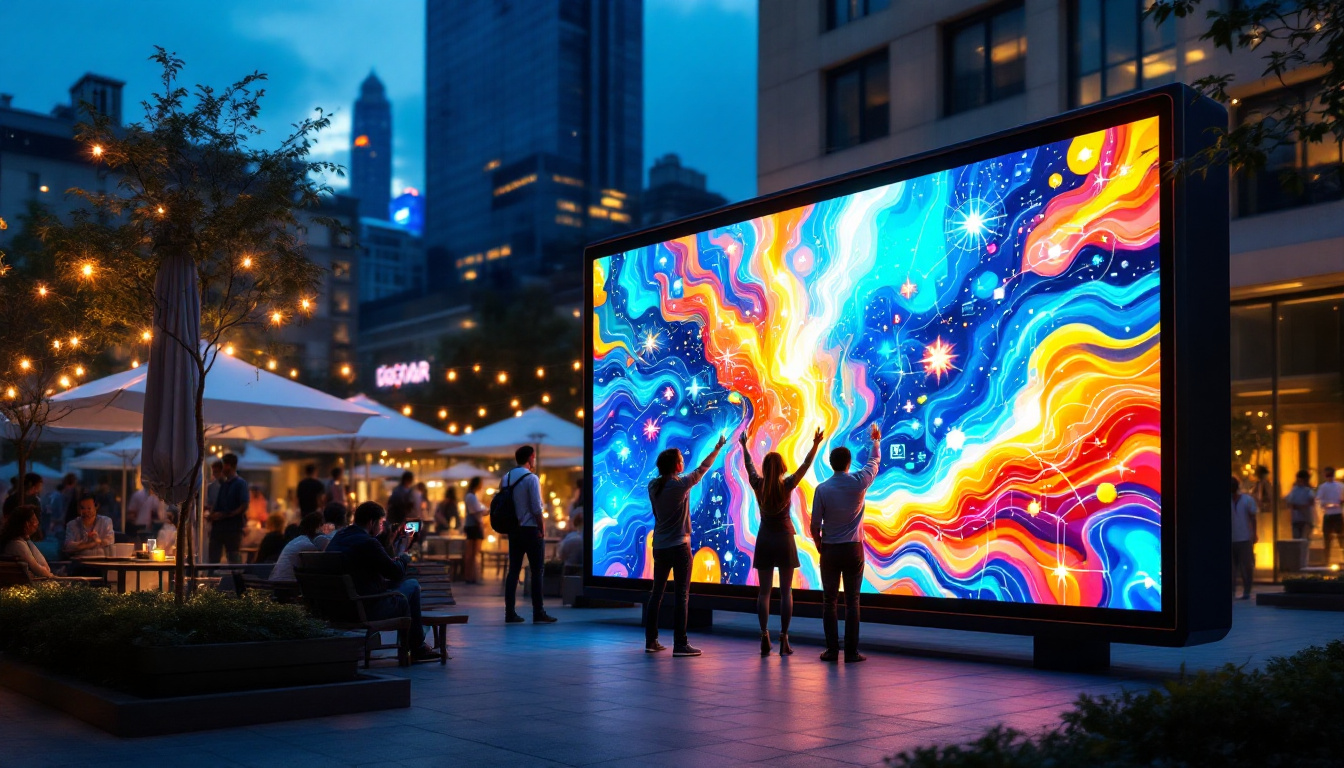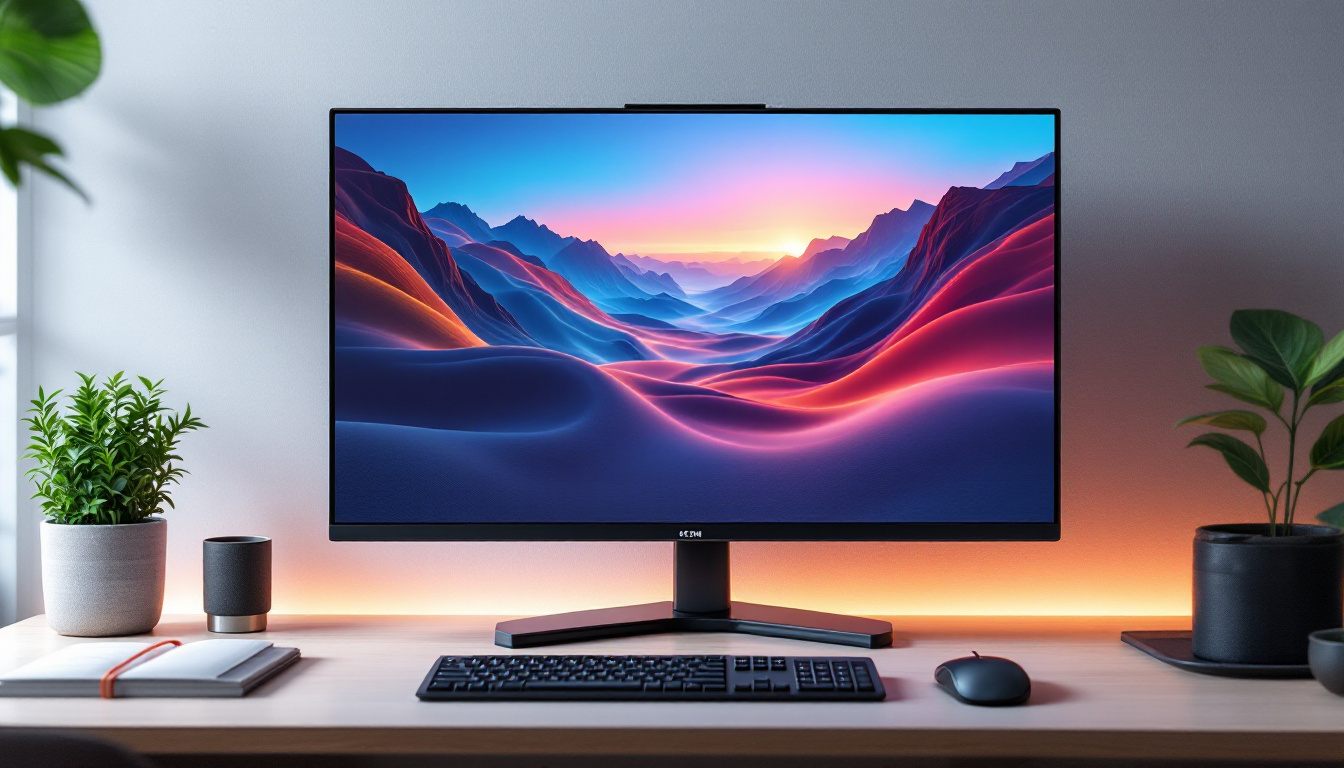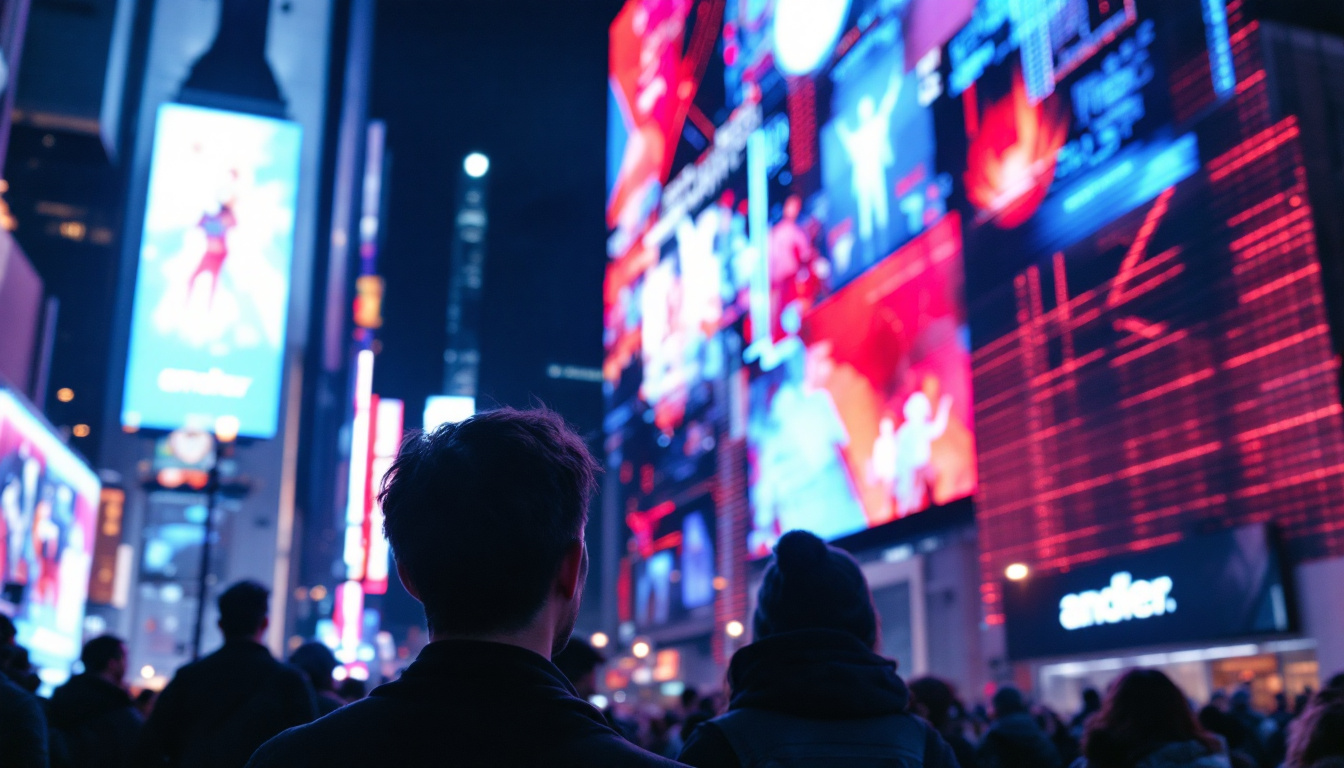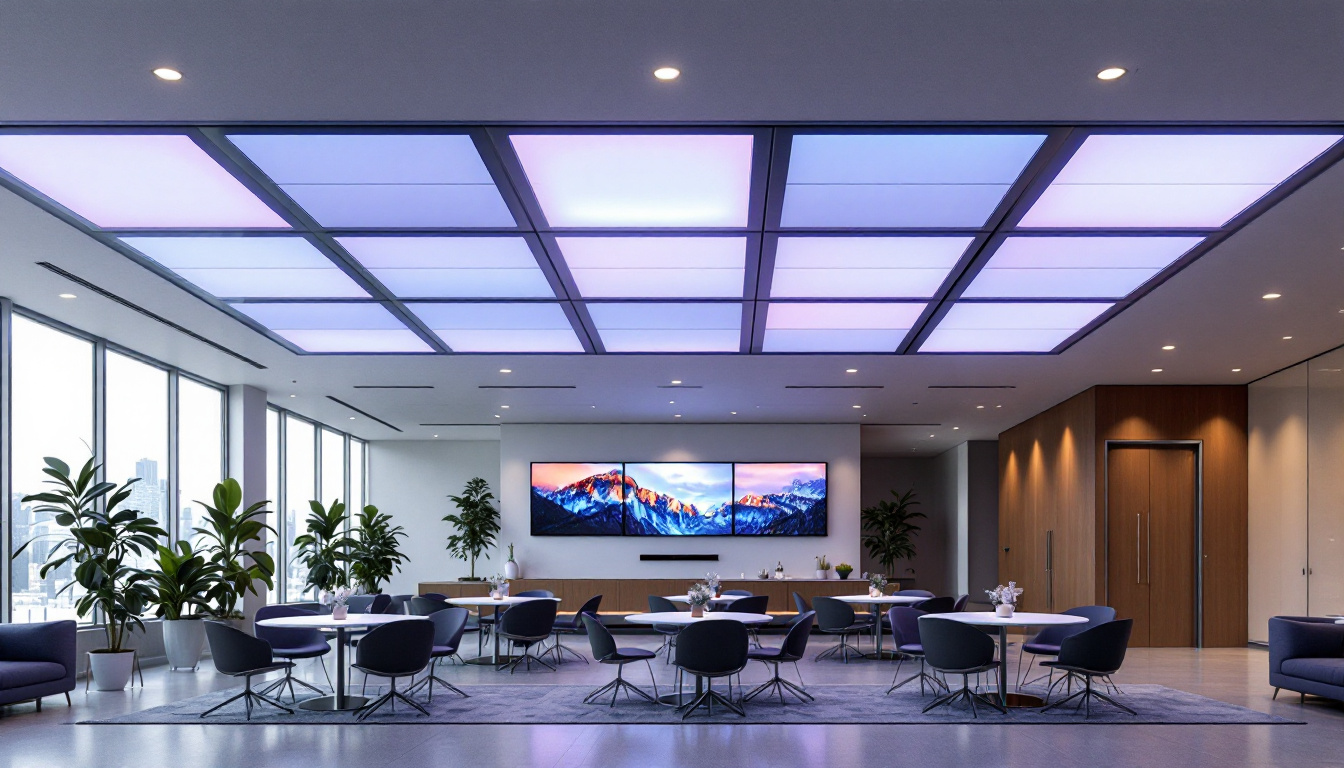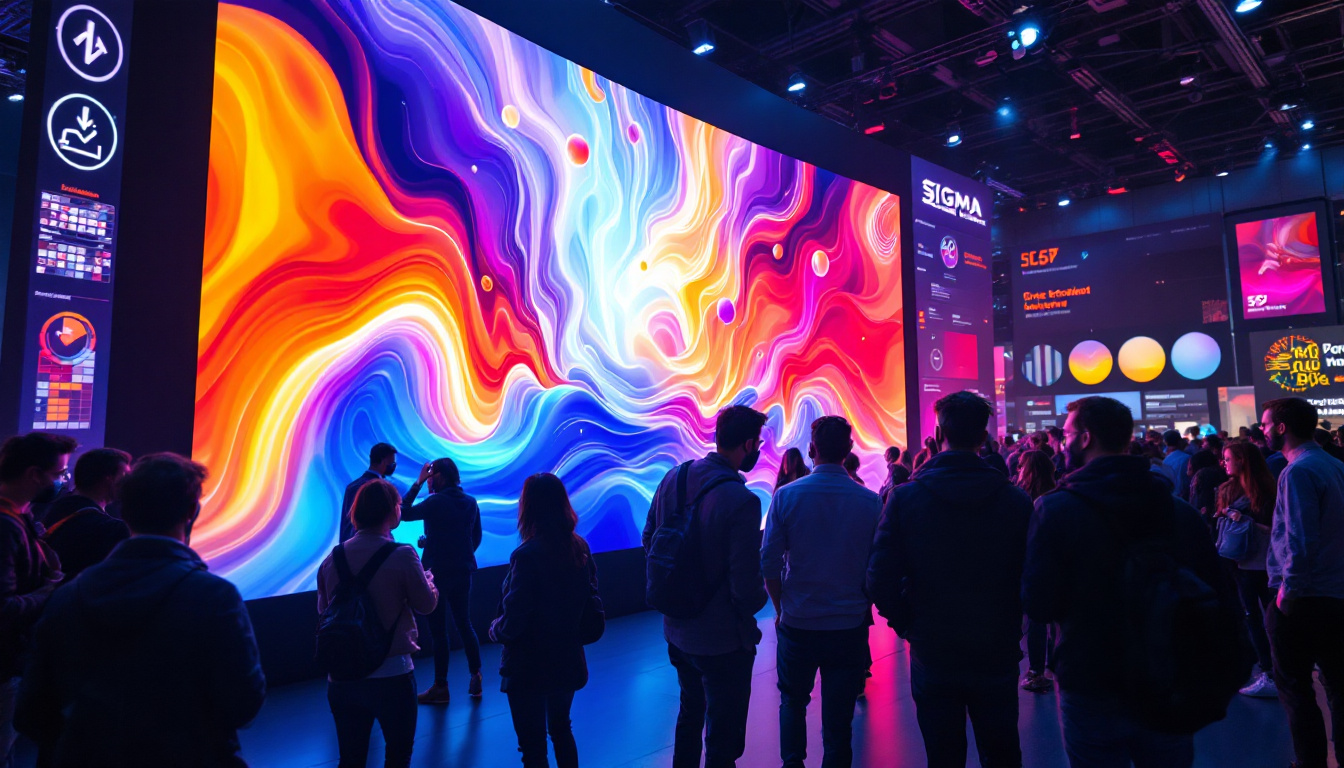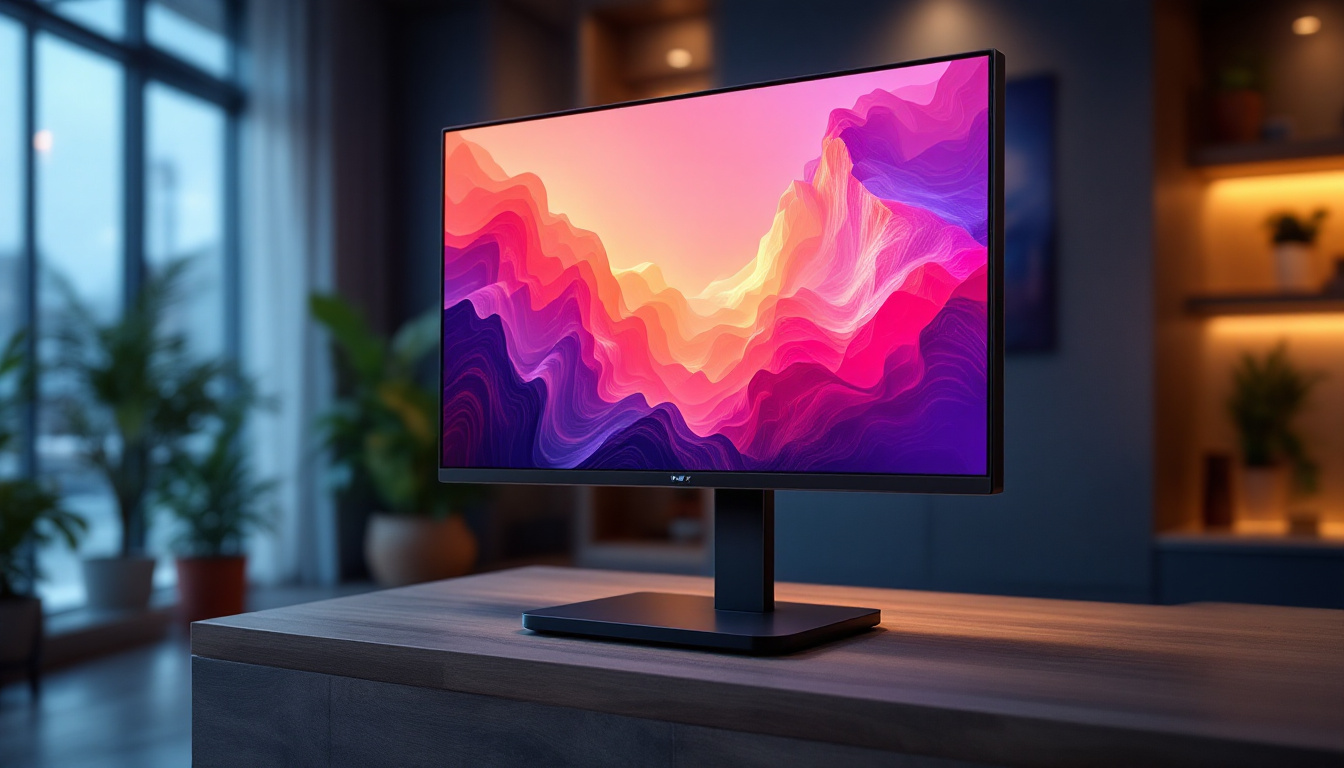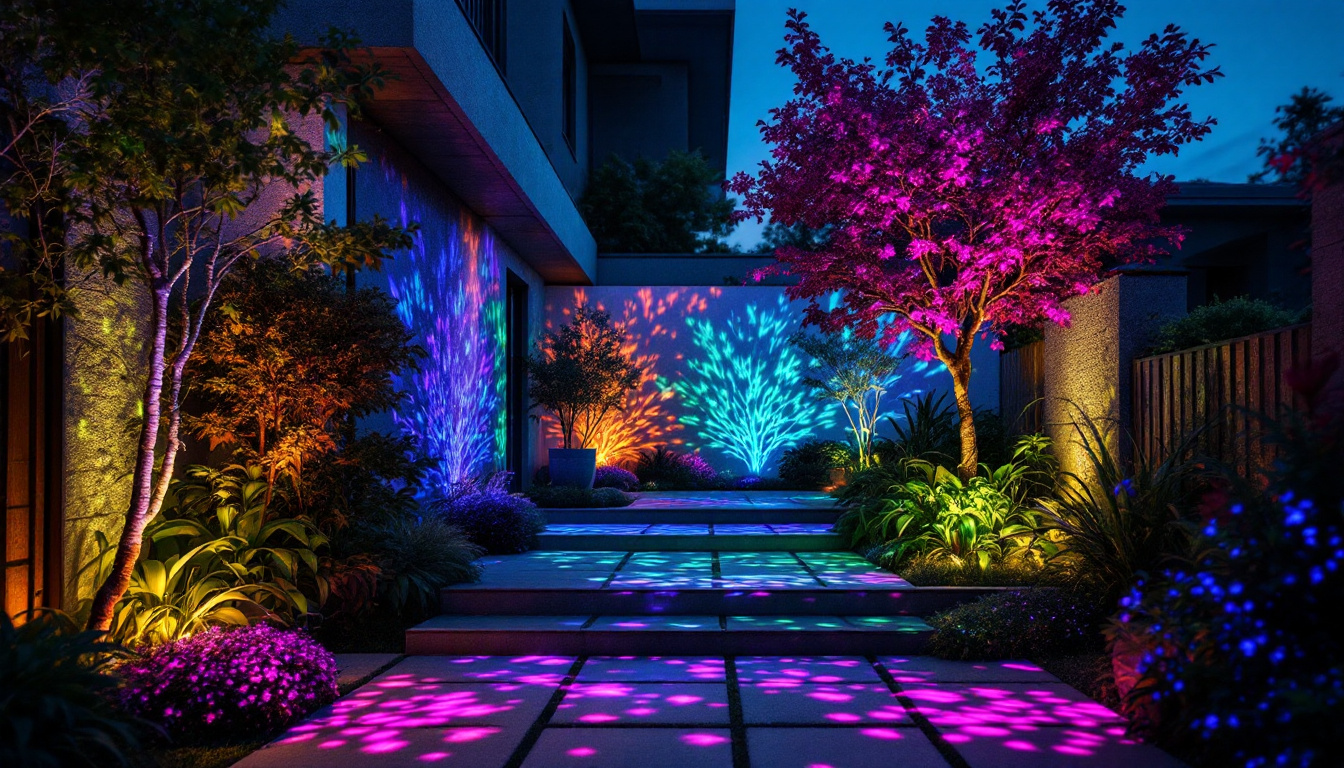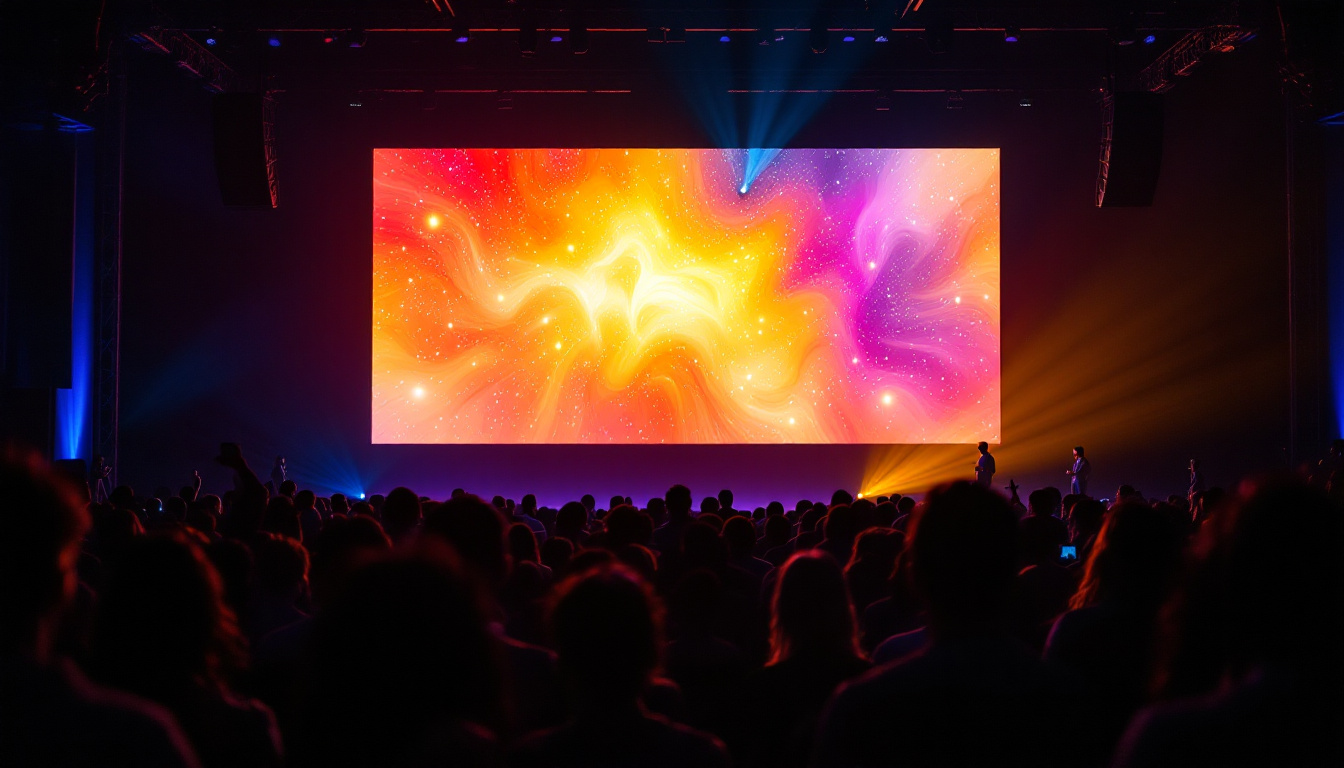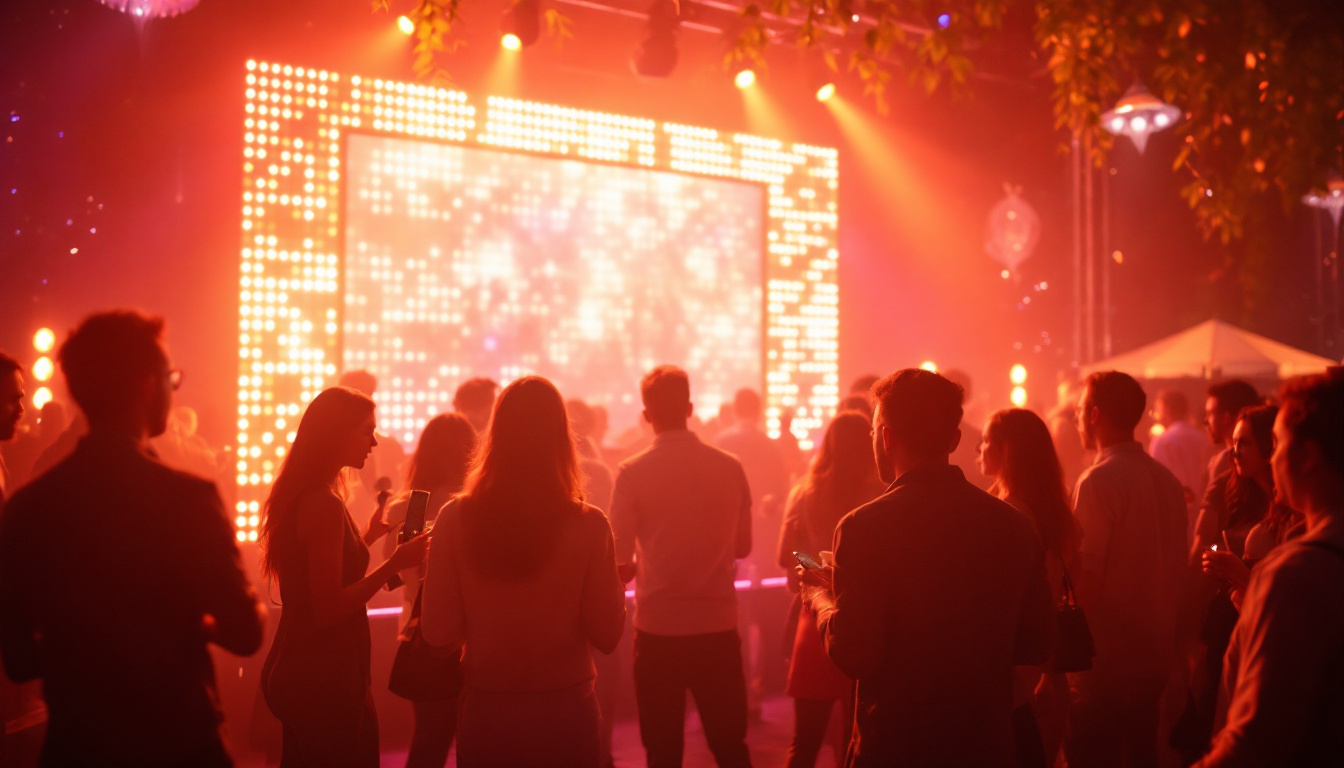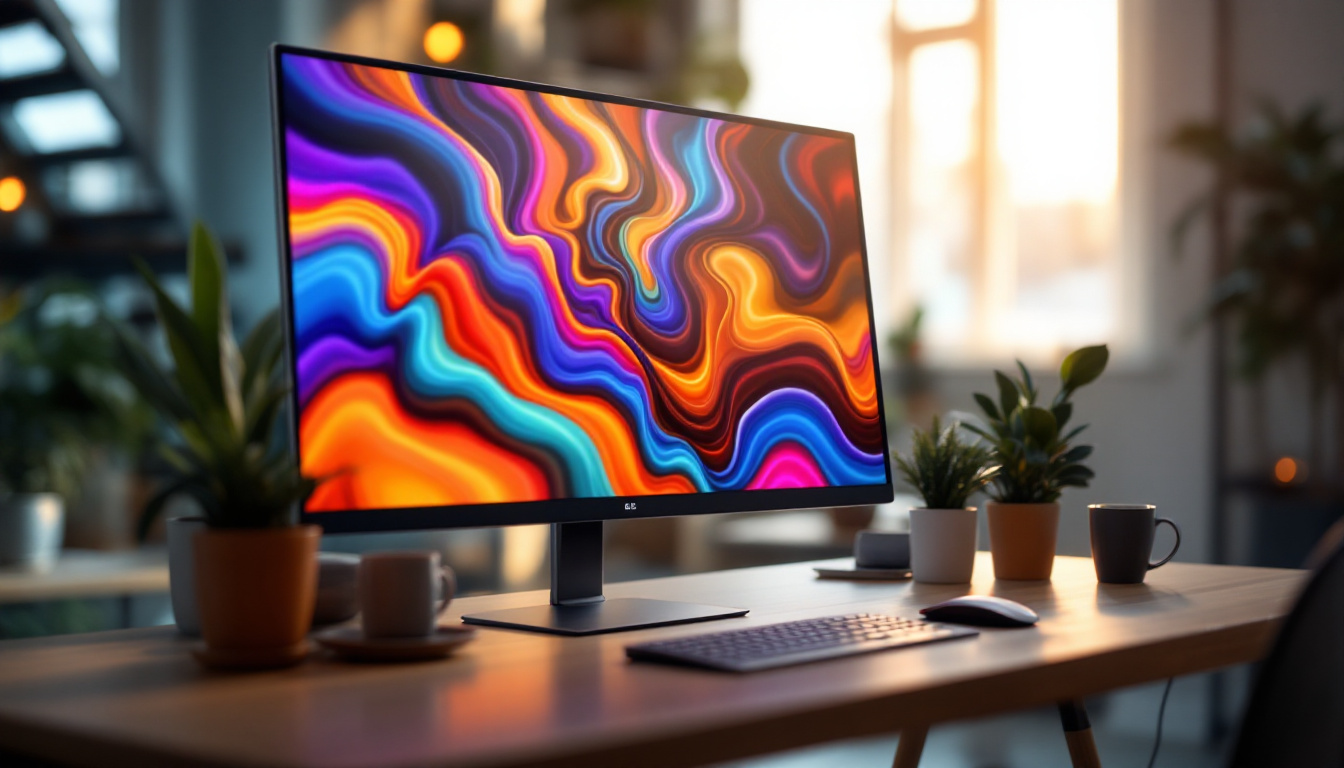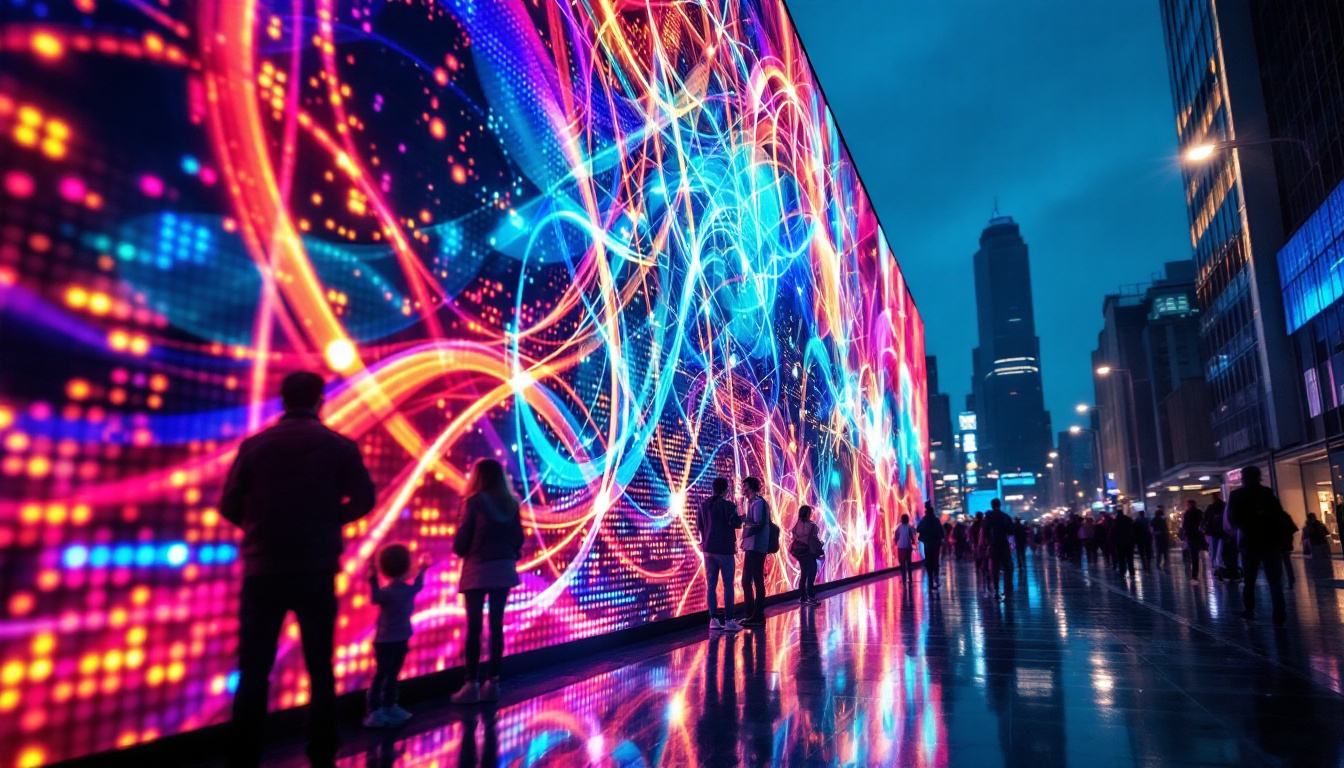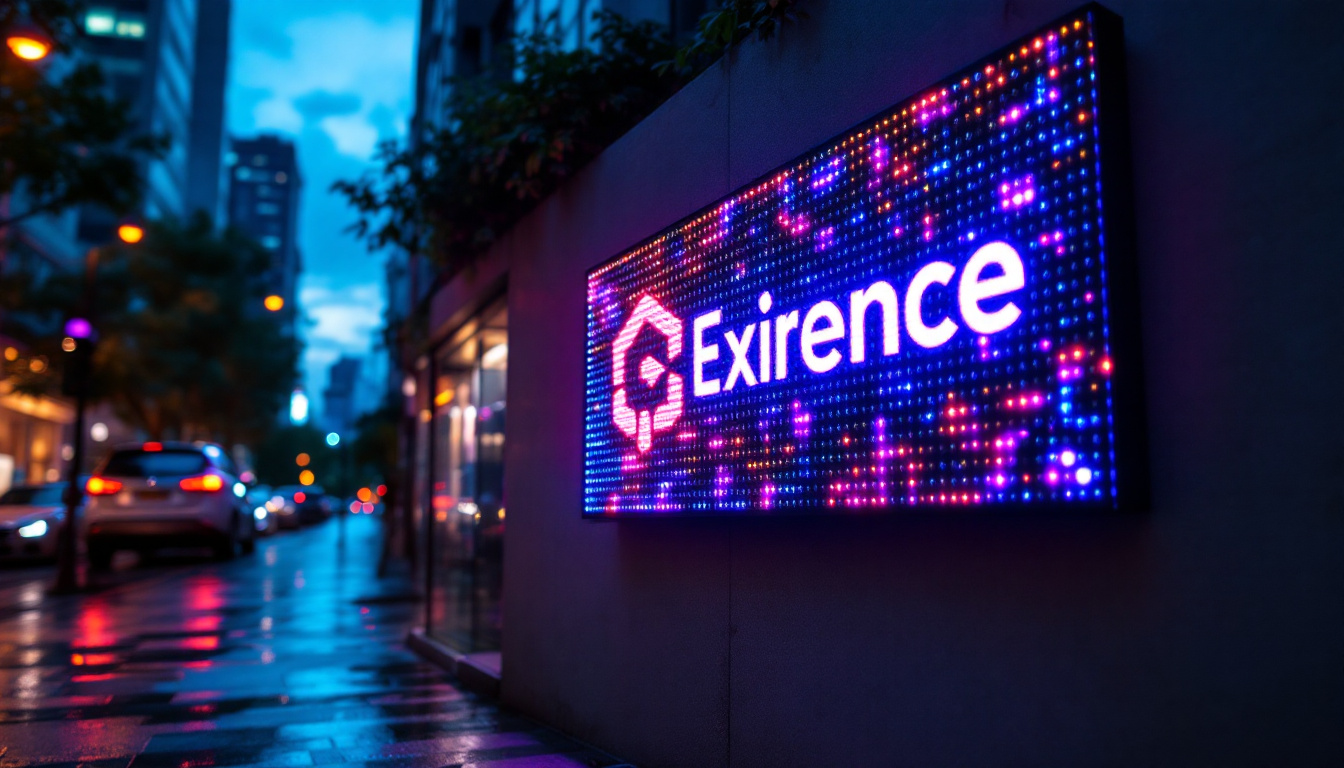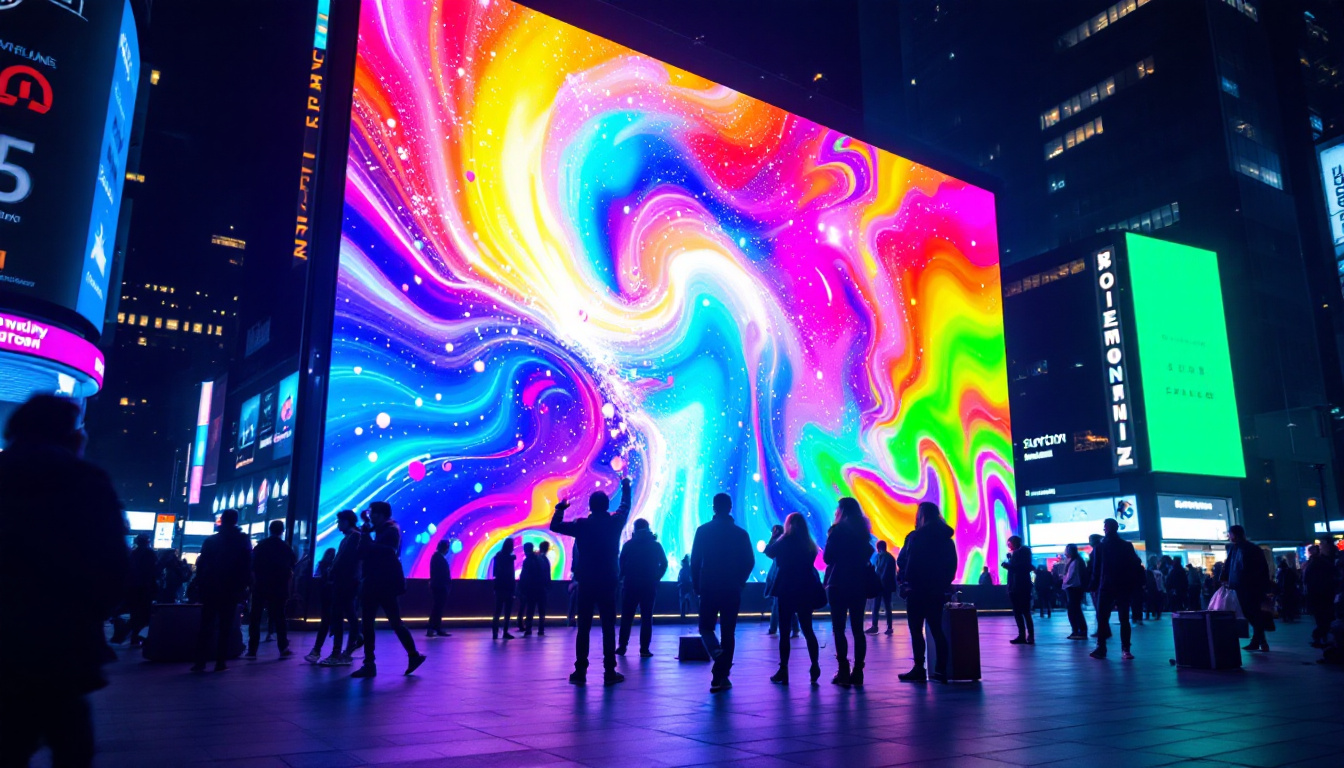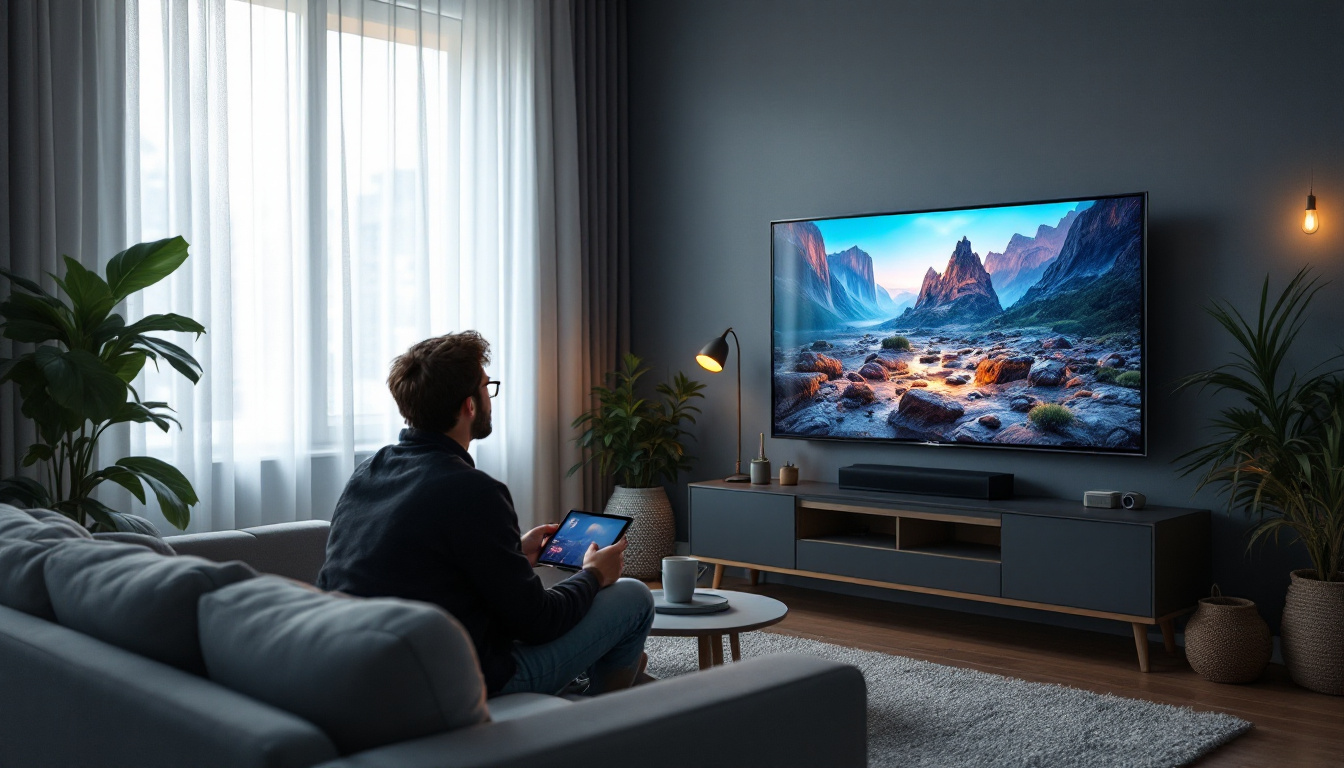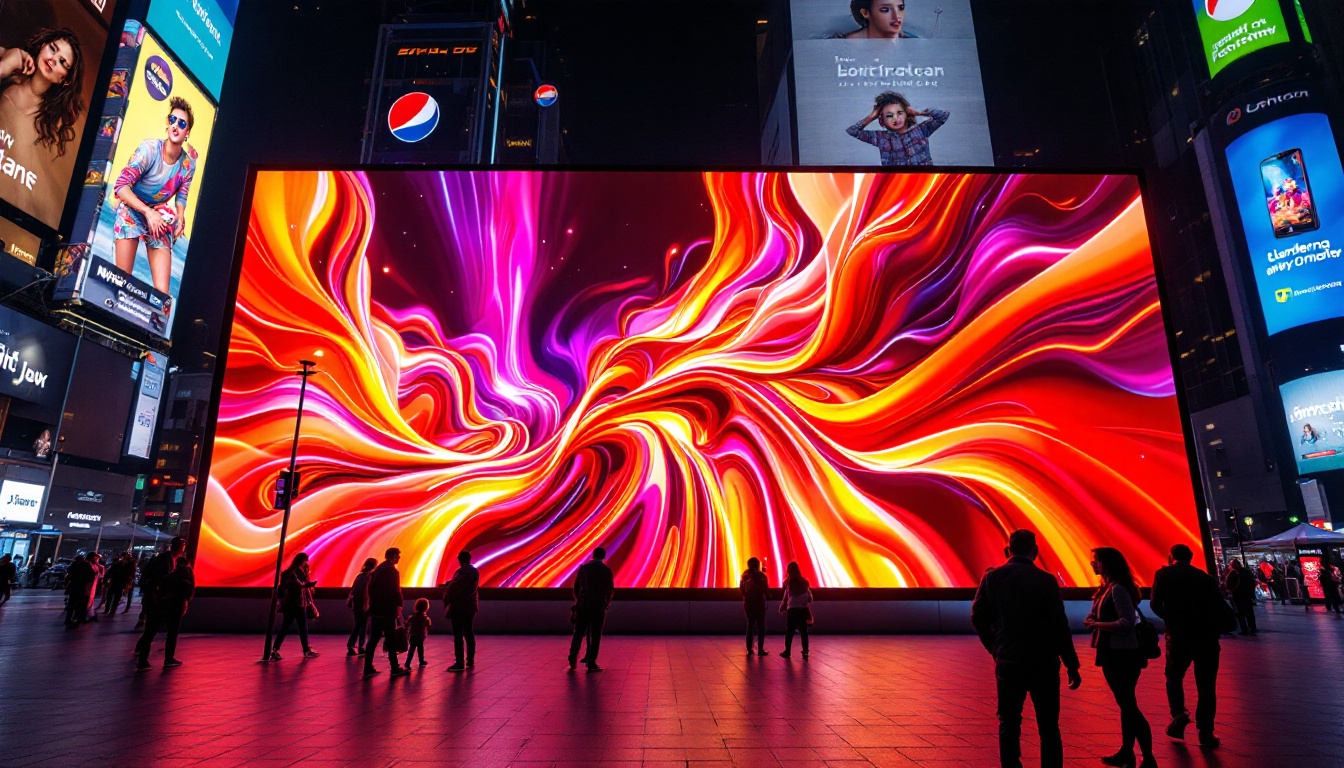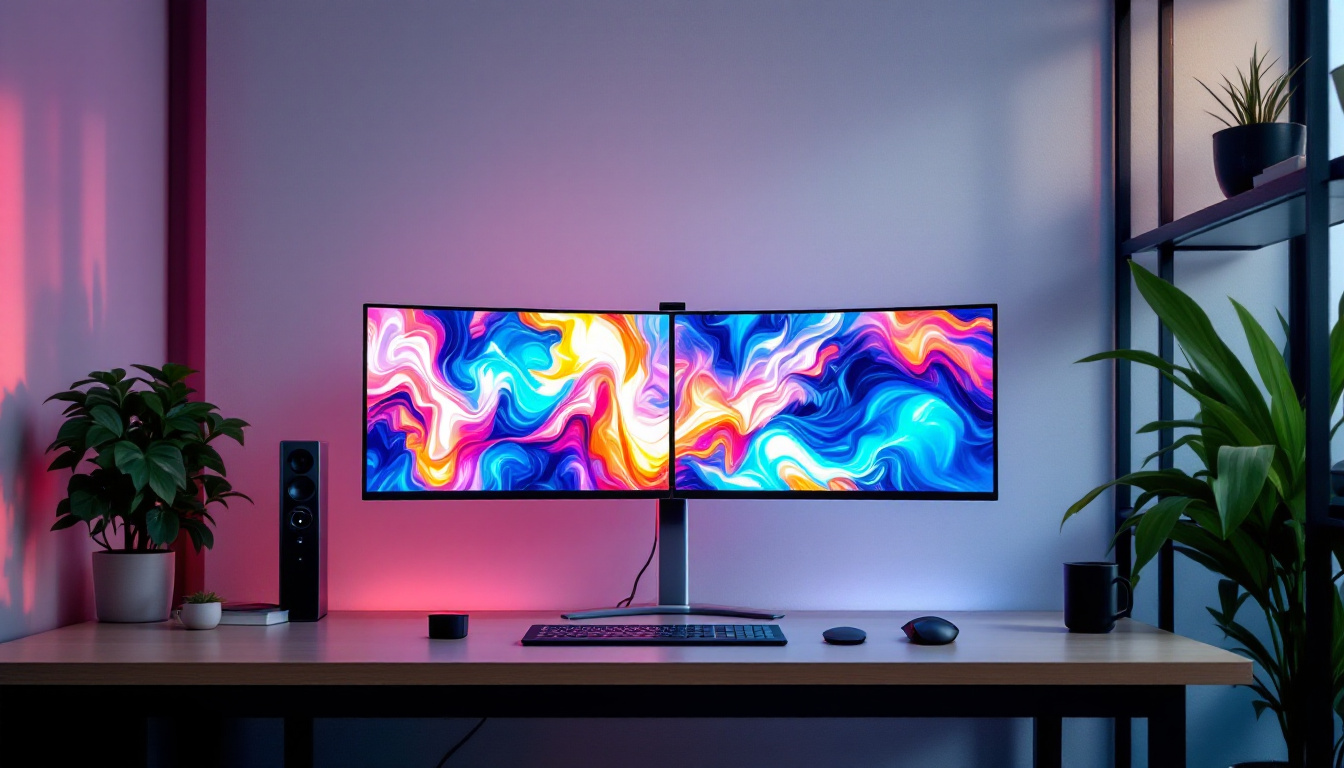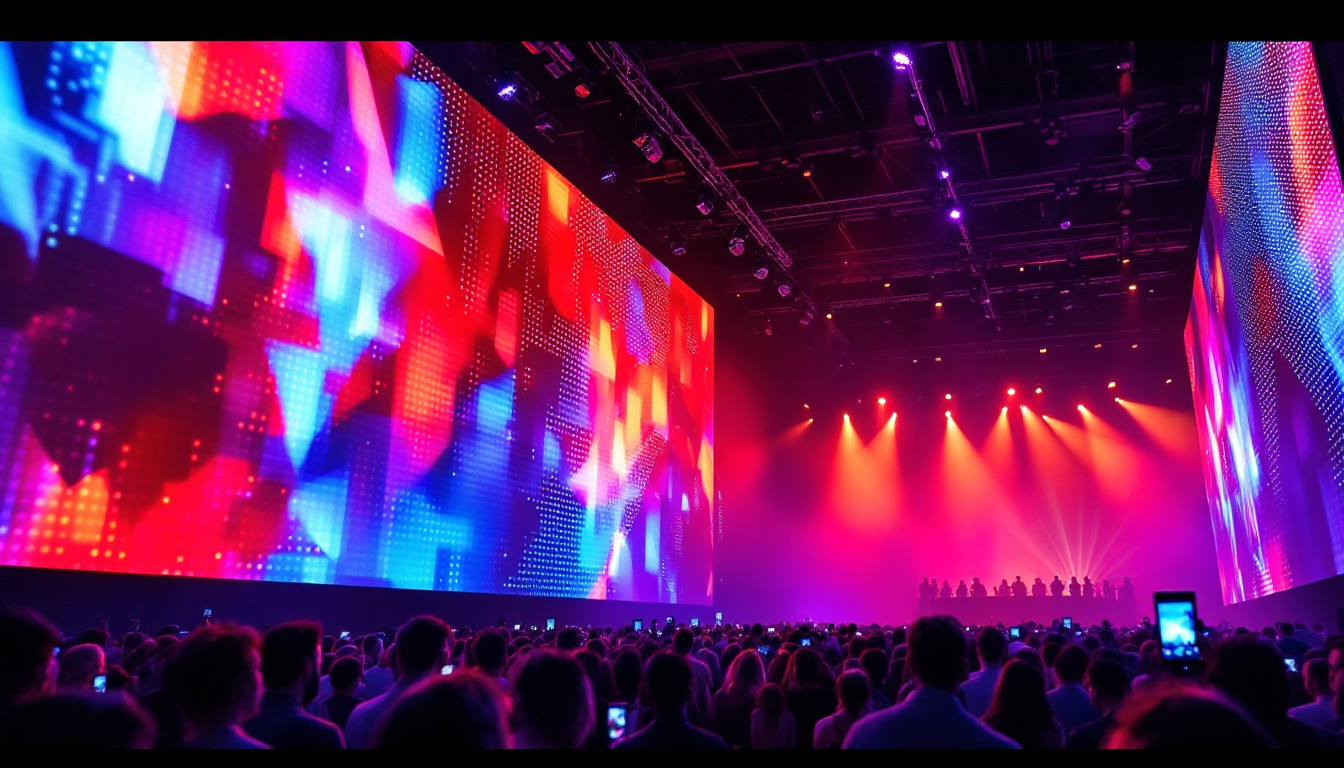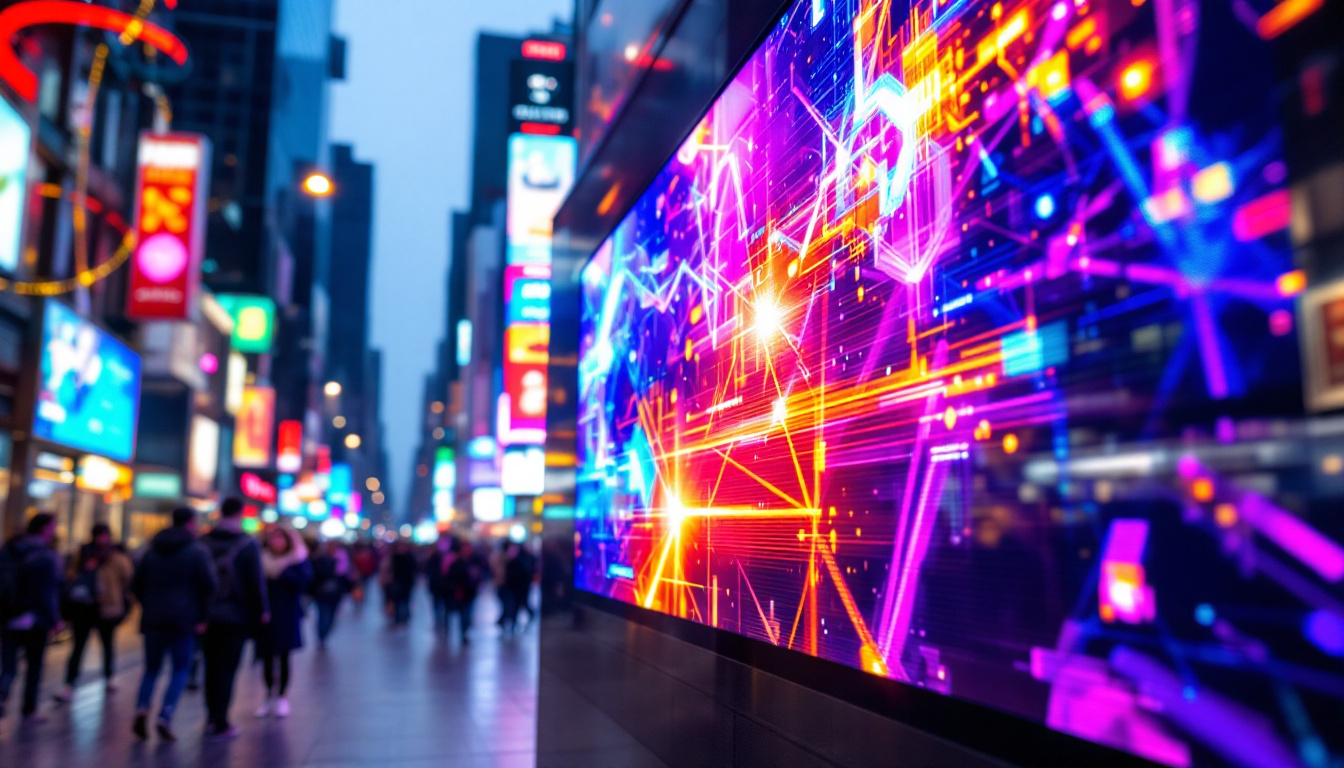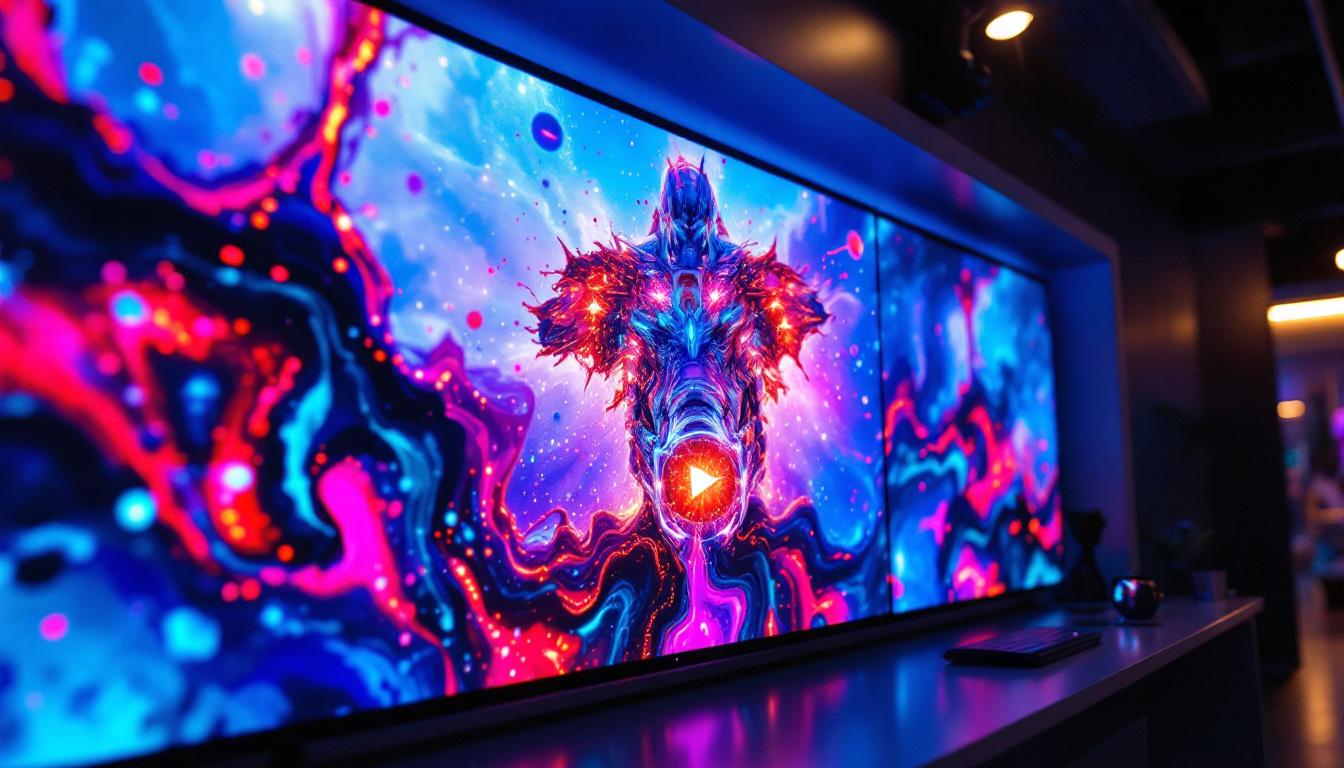The world of visual technology has evolved significantly, with LED displays becoming a staple in various industries. From advertising to entertainment, these displays offer vibrant colors, high resolution, and energy efficiency. However, understanding the nuances of LED displays, particularly in relation to the Bis Licence, is crucial for businesses and individuals looking to utilize this technology effectively. This article delves into the specifics of LED displays and the implications of the Bis Licence.
Understanding LED Displays
LED, or Light Emitting Diode, displays are a type of flat panel display that uses LEDs to produce images. They are known for their brightness, contrast, and energy efficiency compared to traditional display technologies like LCDs and CRTs. LED displays can be found in various formats, from small screens on handheld devices to massive billboards in urban landscapes. Their ability to produce vibrant colors and deep blacks has made them a preferred choice in many settings, offering a viewing experience that is both immersive and engaging.
The Technology Behind LED Displays
At the core of LED display technology is the use of semiconductor materials that emit light when an electric current passes through them. This technology allows for the creation of displays that can be incredibly thin and lightweight, making them suitable for a wide range of applications. There are two main types of LED displays: direct view and backlit. Direct view displays consist of individual LEDs that form the image, while backlit displays use LEDs to illuminate a liquid crystal display (LCD) panel. The advancement in LED technology has also led to the development of organic LEDs (OLEDs), which offer even greater flexibility and color accuracy, paving the way for new possibilities in display design.
The resolution of an LED display is determined by the number of pixels it contains. Higher pixel density results in sharper images and is particularly important for applications where detail is crucial, such as in digital signage or high-definition television. Furthermore, the refresh rate of an LED display plays a significant role in how smoothly motion is rendered, which is essential for fast-paced content like video games and sports broadcasts. As technology continues to evolve, we see innovations such as microLEDs, which promise even finer resolutions and improved energy efficiency, setting new standards for future display technologies.
Applications of LED Displays
LED displays are versatile and can be found in numerous applications. In advertising, they are used for dynamic billboards that can change messages in real-time, attracting more attention than static displays. In sports arenas, LED screens enhance the viewing experience by providing instant replays and statistics. Additionally, in retail environments, LED displays can be used for product promotions, enhancing customer engagement. The interactive capabilities of some LED displays also allow for touch-sensitive interfaces, enabling customers to browse products or access information at their fingertips.
Beyond commercial use, LED displays are also prevalent in public transportation systems, where they provide real-time information to passengers. In the realm of art and entertainment, LED technology has enabled innovative installations that captivate audiences, blurring the lines between technology and creativity. For instance, artists are now utilizing LED technology to create immersive environments that respond to viewer interactions, transforming traditional art forms into dynamic experiences. Moreover, as cities become smarter, LED displays are being integrated into urban infrastructure, providing not just information but also enhancing the aesthetic appeal of public spaces through vibrant light displays and artistic projections.
The Bis Licence: An Overview
The Bis Licence, or Bureau of Indian Standards Licence, is a certification that ensures products meet specific quality and safety standards in India. For LED displays, obtaining a Bis Licence is essential for manufacturers and importers, as it signifies compliance with the necessary regulations. This certification process is crucial in maintaining consumer safety and product reliability.
Importance of the Bis Licence
Having a Bis Licence for LED displays not only assures consumers of the product’s quality but also enhances the credibility of the manufacturer. It serves as a mark of trust, indicating that the product has undergone rigorous testing and meets the required standards. This is particularly important in a market flooded with various products, as it helps consumers make informed choices.
Moreover, the Bis Licence is often a prerequisite for entering certain markets. Businesses looking to expand their reach in India must ensure their LED displays are certified, as non-compliance can lead to legal repercussions and loss of market access.
Process of Obtaining a Bis Licence
The process of obtaining a Bis Licence for LED displays involves several steps. Initially, manufacturers must submit an application along with the necessary documentation, including technical specifications and test reports. The Bureau of Indian Standards will then conduct a thorough evaluation of the product to ensure it meets the required criteria.
Once the evaluation is complete, and if the product passes all tests, the Bis Licence is granted. This licence is typically valid for a specific period, after which manufacturers must undergo a renewal process to maintain compliance. Regular audits and inspections may also be conducted to ensure ongoing adherence to standards.
LED Display Standards Under the Bis Licence
The Bis Licence encompasses various standards that LED displays must meet to ensure safety, performance, and environmental compliance. These standards are designed to protect consumers and promote fair trade practices within the industry.
Safety Standards
Safety is a paramount concern when it comes to electronic devices, including LED displays. The Bis Licence mandates that LED displays adhere to specific safety standards to minimize risks such as electrical hazards, fire, and radiation exposure. These standards are regularly updated to reflect advancements in technology and emerging safety concerns.
For instance, LED displays must be designed to withstand fluctuations in voltage and temperature, ensuring they operate safely under various conditions. Additionally, manufacturers must implement measures to prevent overheating, which can pose significant risks to users and the surrounding environment.
Performance Standards
Performance standards under the Bis Licence focus on the operational efficiency and quality of LED displays. These standards evaluate factors such as brightness, color accuracy, and response time. A display that meets these performance benchmarks is more likely to provide a superior viewing experience, making it more appealing to consumers.
Brightness is particularly critical for outdoor LED displays, as they must be visible in direct sunlight. The Bis Licence specifies minimum brightness levels to ensure that displays are effective in various lighting conditions. Similarly, color accuracy is essential for applications where true-to-life representation is necessary, such as in advertising and digital art.
Environmental Compliance
Environmental considerations are increasingly important in the manufacturing of electronic devices. The Bis Licence requires LED displays to comply with environmental standards that address issues such as energy consumption, recyclability, and hazardous materials. These standards aim to reduce the environmental impact of LED displays throughout their lifecycle, from production to disposal.
Manufacturers are encouraged to use energy-efficient components and design practices that minimize waste. Additionally, the Bis Licence promotes the use of recyclable materials, helping to reduce the ecological footprint of LED displays. Compliance with these environmental standards not only benefits the planet but also appeals to environmentally conscious consumers.
The Future of LED Displays and the Bis Licence
As technology continues to advance, the landscape of LED displays is rapidly evolving. Innovations such as flexible displays, transparent screens, and enhanced interactivity are pushing the boundaries of what is possible. In tandem with these advancements, the Bis Licence will need to adapt to ensure that new technologies meet safety and performance standards.
Emerging Technologies in LED Displays
One of the most exciting developments in LED display technology is the emergence of flexible displays. These displays can be bent and shaped to fit various applications, from curved screens in retail environments to wearable technology. The flexibility of these displays opens up new possibilities for design and functionality, but it also presents unique challenges in terms of safety and performance standards.
Another area of innovation is transparent LED displays, which allow for seamless integration into architectural designs. These displays can be used for advertising while maintaining visibility through the screen, creating a unique viewing experience. As these technologies become more prevalent, the Bis Licence will need to establish guidelines to address their specific requirements.
Adapting to Market Demands
The demand for LED displays is expected to grow, driven by advancements in technology and increasing consumer expectations. As businesses seek to leverage LED displays for marketing and communication, the need for reliable and certified products will become even more critical. The Bis Licence will play a vital role in ensuring that manufacturers meet these demands while maintaining high standards of quality and safety.
Furthermore, as sustainability becomes a focal point for consumers, manufacturers will need to prioritize environmentally friendly practices. The Bis Licence can help guide this transition by promoting standards that encourage sustainable production and disposal methods.
Conclusion
LED displays have revolutionized the way information is presented and consumed across various industries. Understanding the intricacies of LED technology and the importance of the Bis Licence is essential for manufacturers, businesses, and consumers alike. The Bis Licence not only ensures compliance with safety and performance standards but also enhances consumer trust in LED products.
As the technology continues to evolve, so too will the standards and regulations governing LED displays. Staying informed about these changes is crucial for anyone involved in the industry, whether as a manufacturer, retailer, or end-user. By prioritizing quality, safety, and sustainability, the future of LED displays looks promising, paving the way for even more innovative applications in the years to come.
Discover Cutting-Edge LED Display Solutions with LumenMatrix
Ready to elevate your visual communication with the latest in LED technology? Look no further than LumenMatrix, a pioneer in the field, committed to bringing you the most advanced LED display modules. From Indoor and Outdoor LED Wall Displays to innovative solutions like Vehicle LED Displays, LED Posters, and Transparent Displays, LumenMatrix has the perfect fit for your needs. Embrace the future of digital signage and create unforgettable visual experiences that resonate with your audience. Check out LumenMatrix LED Display Solutions today and transform your brand’s visibility and engagement.

